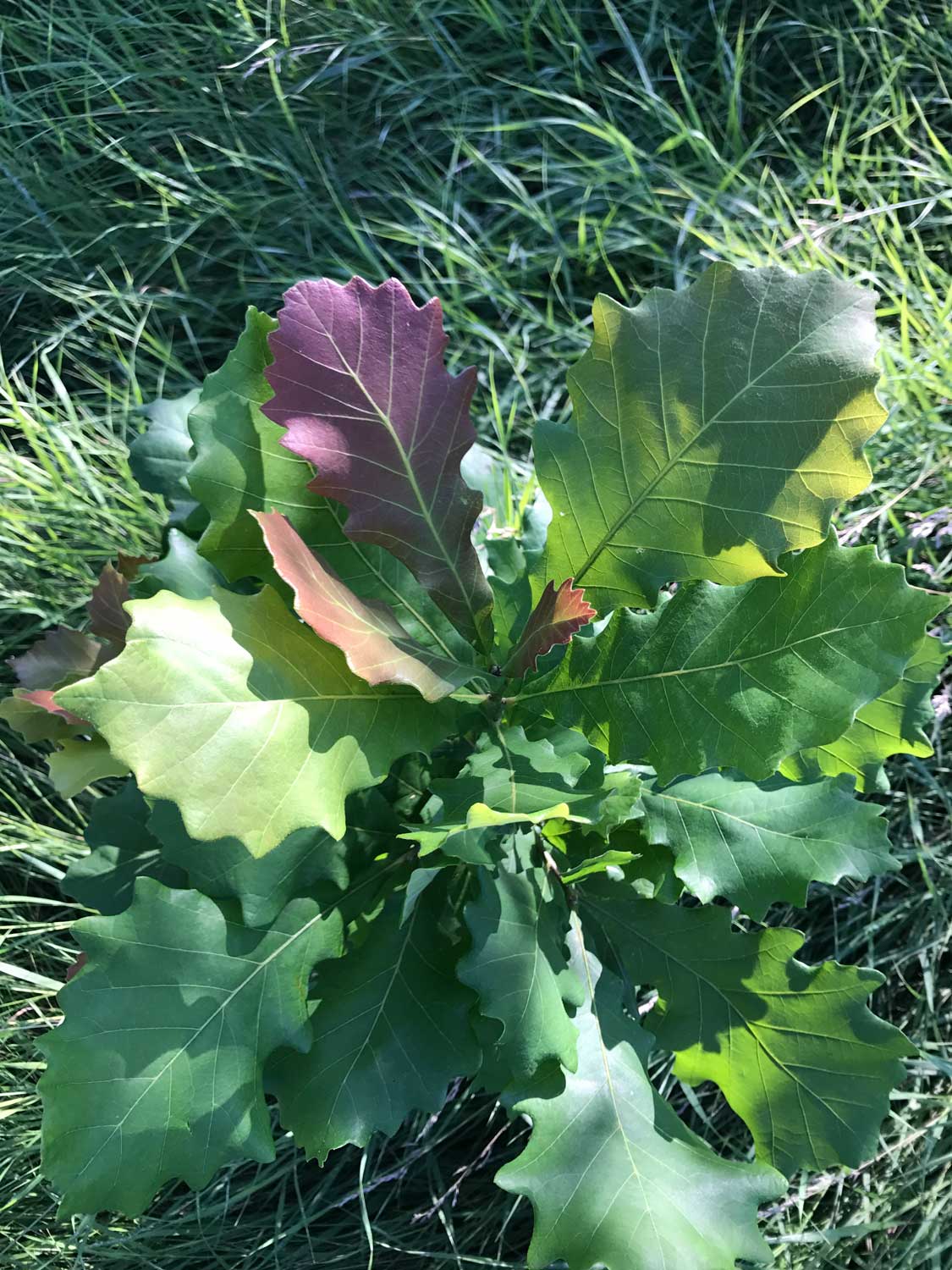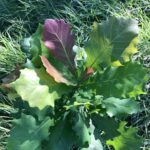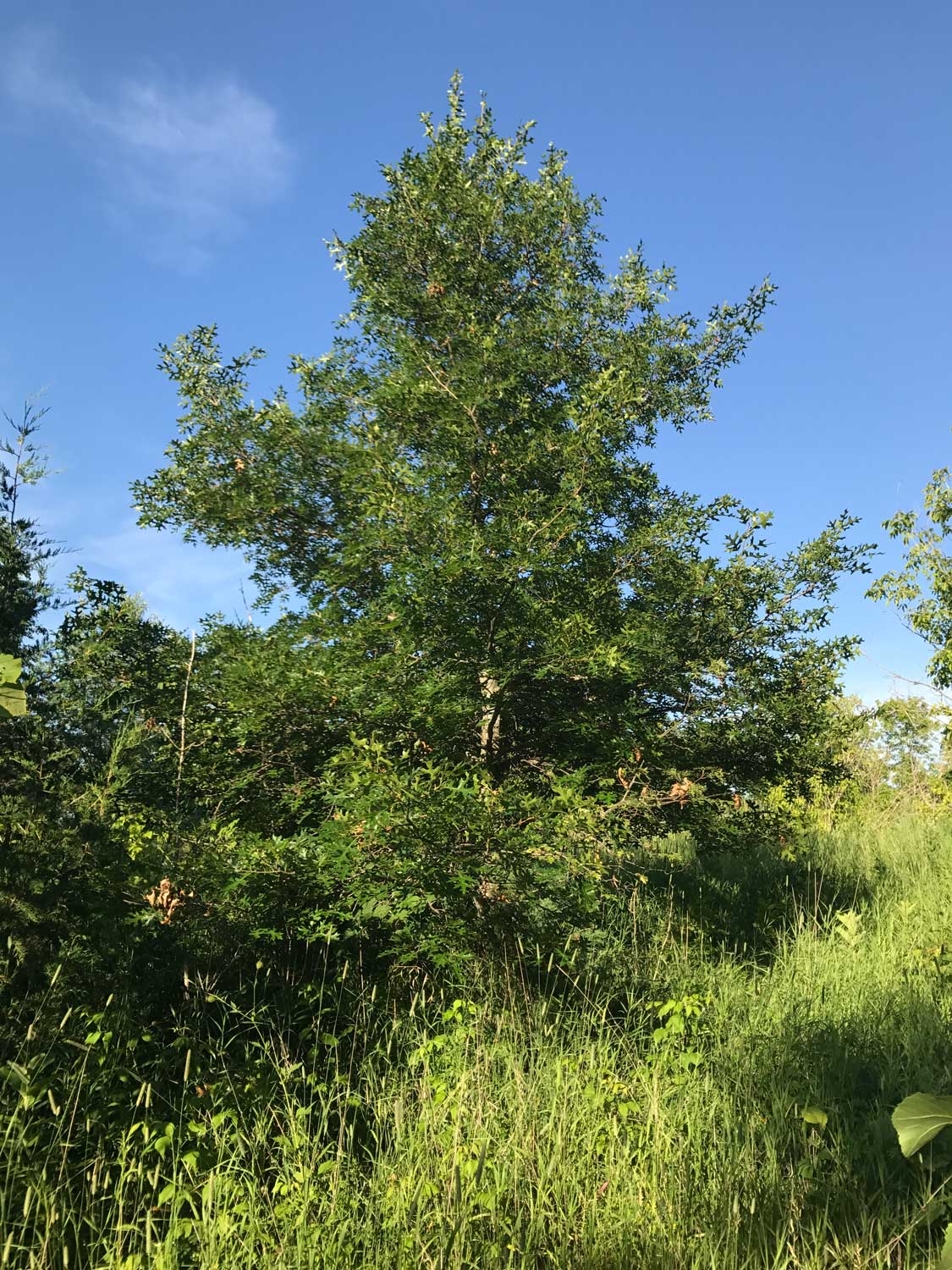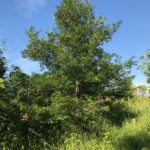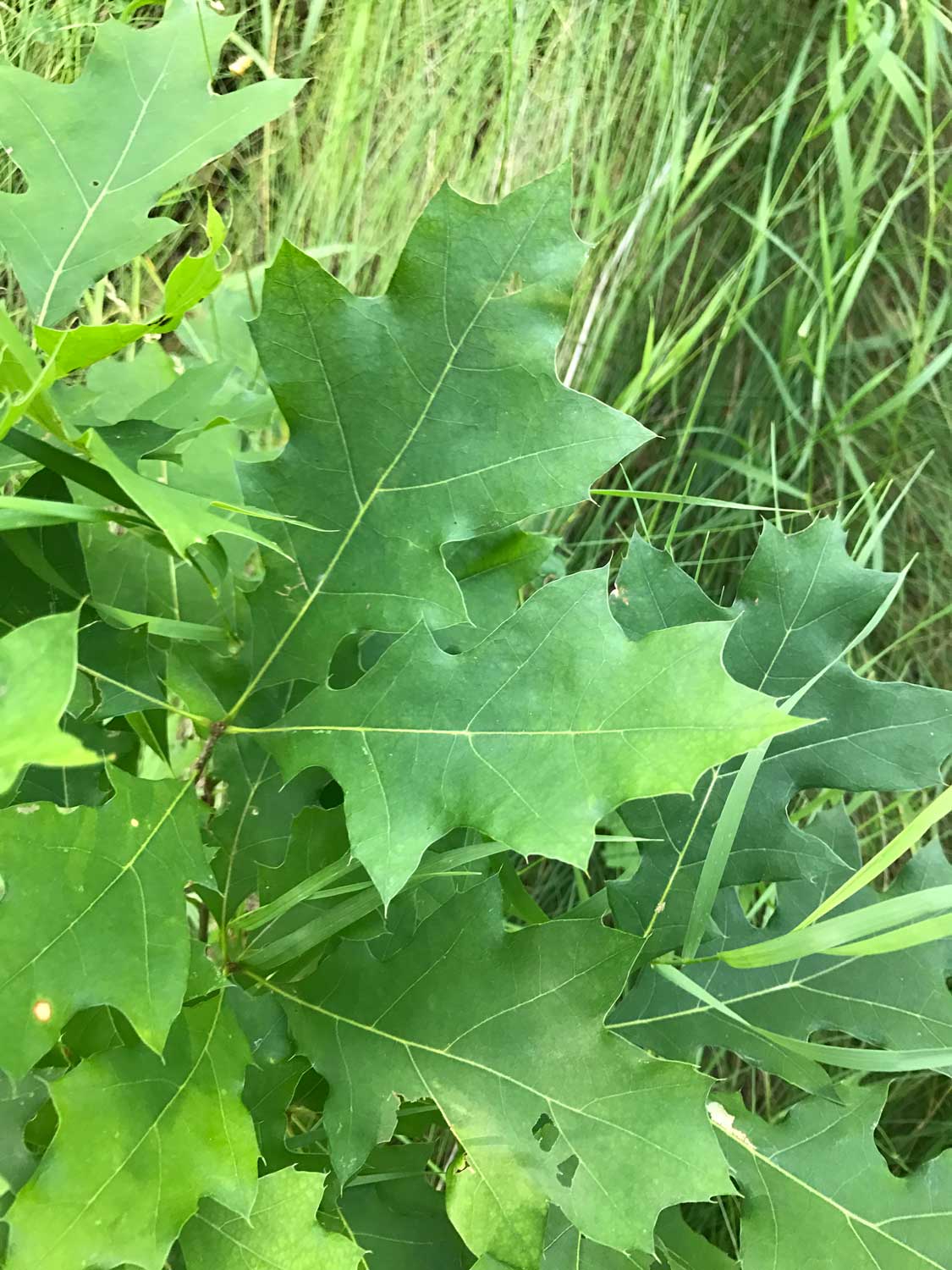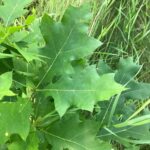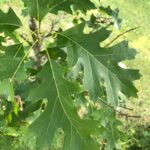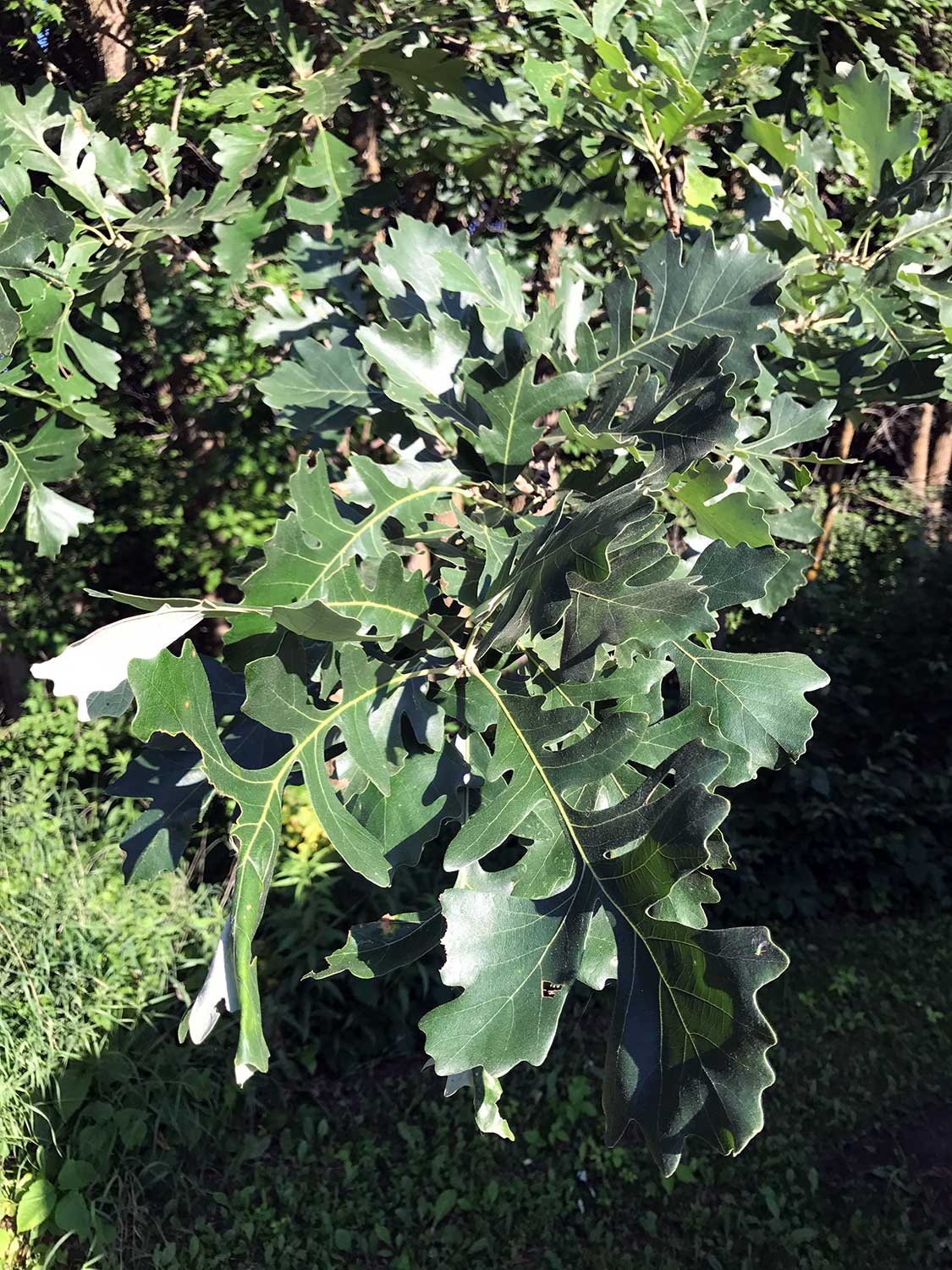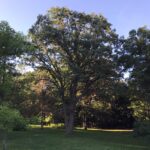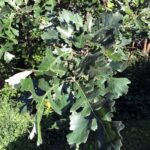Native To State: YES
Naturally Occurring: NO
Description
Appearance: Quercus bicolor is a deciduous tree known for its lobed leaves and acorns.
Leaves: The leaves are deeply lobed with smooth edges.
Bark: The bark is light gray and develops scaly plates.
Fruit: It produces acorns.
Habitat: It is commonly found in wetlands and along streams.
Distribution: Swamp white oak is native to North America.
Occurance
Specimens first planted in 2013 as seedlings in select areas scattered in the former pasture as well as along the winding path.

